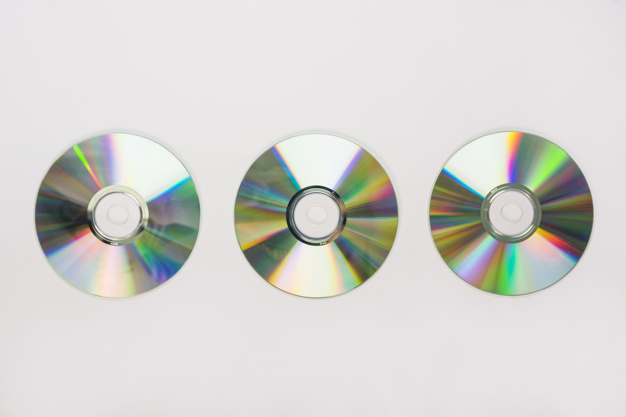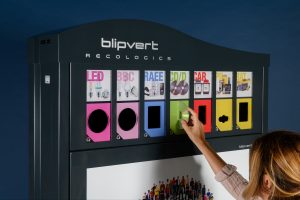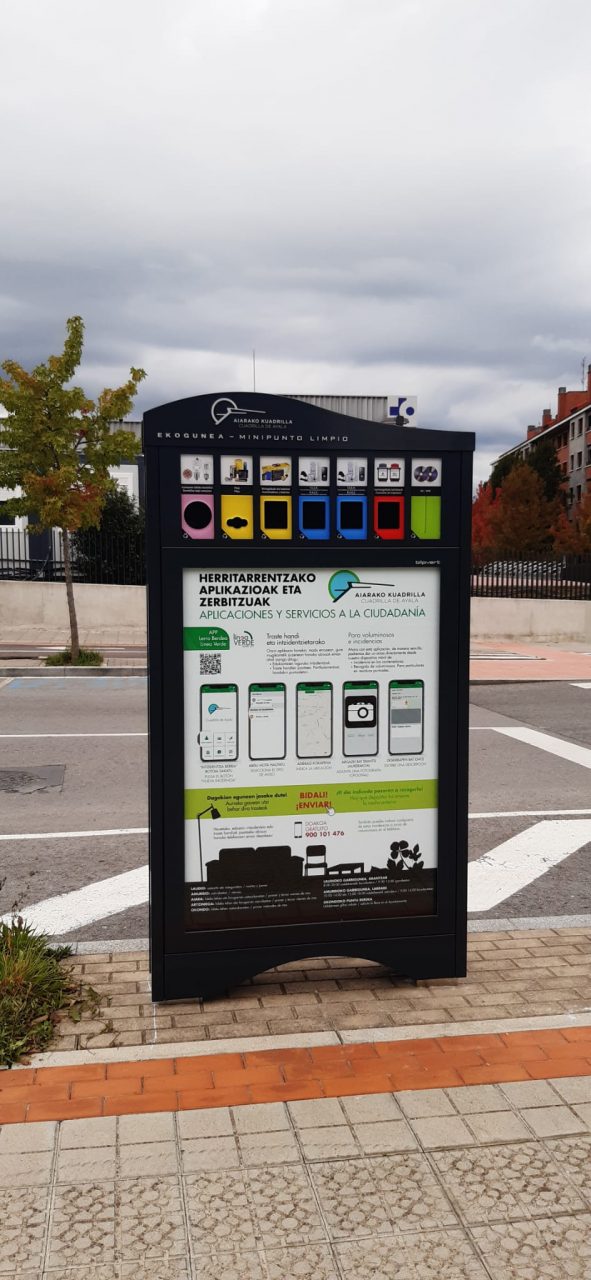Where are the CDs and DVDs “thrown”?

CDs (Compact Disc) and DVDs (Digital Versatile Disc) are optical discs for data storage (audio, video, text, etc.) that began to be marked at the end of the 20th century (1982).
CDs and DVDs are made of polycarbonate (transparent thermoplastic), a thin layer of aluminum (sometimes it is a layer of gold), a protective layer and coloring inks, all of which are non-biodegradable materials.
Although they are not biodegradable, the materials that form CDs and DVDs are largely recyclable, but if they are poorly managed or are abandoned in any way in nature, they are highly toxic.
Therefore, when they are no longer useful, it is very important to deposit them in the right place, where they will be correctly managed.
Error!: Never throw away the CDs or the DVDs in the yellow container.
Contents of the article
The right place to deposit CDs and DVDs
Since CDs and DVDs “look” like aluminum, many people think that for their proper recycling, they should throw their old CDs in the yellow container.
But it is not like that, in the yellow container we only have to throw away the plastic containers, the milk cartons and the cans, and it is very convenient that we take into account where we really should take the CDs and DVDs and why it is so important to do it in the proper way.
Polycarbonate, the main material of CDs and DVDs, is a very valuable and very useful plastic for the manufacture of many products, like computers, mobile phones, glasses, mirrors, incubators, car accessories, urban, domestic and office furniture, and countless other objects.
Due to its usefulness, the energy and environmental cost of its manufacture and its toxicity if it is left in the environment, it is of enormous importance that we deposit the DVDs and CDs that we still have in our home or our workplace.
Since we cannot throw them in any container, it is necessary to take them to a clean point.
However, as the clean points are not always close to our home or are not in a frequent place of passage, we find ourselves in the need to store waste at home (CD’s, DVD’s, batteries, light bulbs, etc.) and, each certain time, for example every 15 days or once a month, make a trip to the clean point less far from home.
Does your municipality have Blipvert’s Urban Recycle Stations?

Before storing waste at home or making that trip to the nearest clean point, check if your municipality has Blipvert’s Urban Recycle Stations installed.
If so, surely near your house, somewhere with frequent and easily accessible pedestrian crossings, you will find an urban recycle station where you can easily and conveniently deposit from a CD / DVD to a battery, even a light bulb or a printer cartridge.
The Blipvert Urban Recycle Station (available 24 hours / 7 days a week) has seven independent tanks in which waste is stored separately until it is collected and transported for proper recycling.

If this article has been of your interest:
BLIPVERT’S URBAN RECYCLING STATIONS: WHAT’S SAID ABOUT US IN…?

